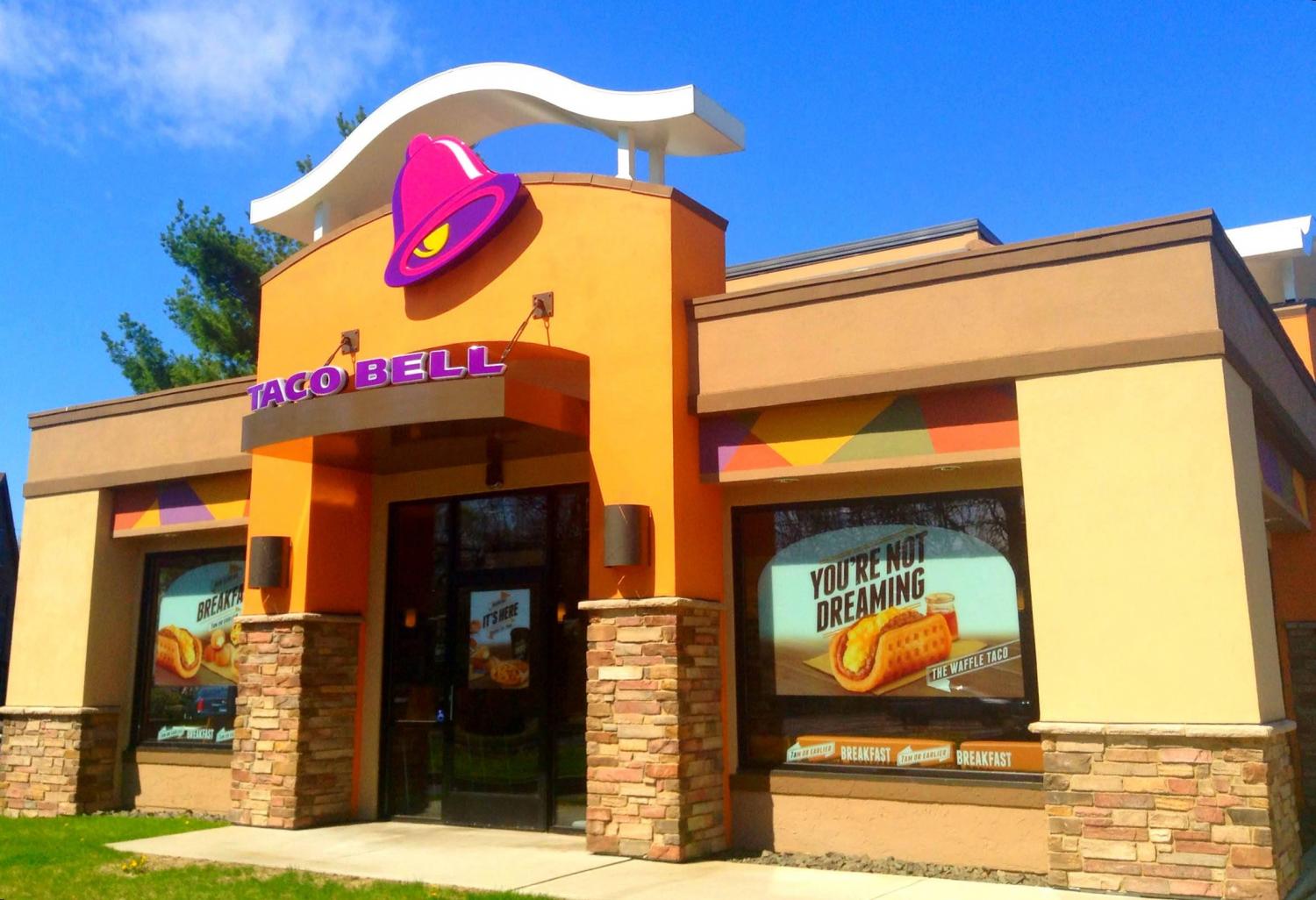
Taco Bell and Pizza Hut are jumping aboard the natural food bandwagon, joining Chipotle and other leading fast-food restaurants in eliminating artificial colors and flavors. And in the modern-day race to be more transparent with food recipes, Taco Bell takes the silver in Tex-Mex cuisine while Chipotle eats it's no-additive, color-dyeless cake.
Taco Bell, a California-founded fast food restaurant in its 53rd year in business, is getting rid of the artificial dye, Yellow No. 6, that colorizes its nacho cheese, along with Blue No. 1 that brightens its avocado ranch dressing. The chain will begin using real ingredients, as opposed to the foods tagged with labels that read “artificially flavored.” It also says it will take out high-fructose corn syrup and unsustainable palm oil from its food by the end of 2015 and remove preservatives “where possible” two years after.
Liz Matthews, Taco Bell’s chief food innovation officer, suggested the new recipes that take advantage of the new, more natural ingredients are being tested in select markets and could be in all stores nationally by the end of the year.
The restaurant that popularized Doritos Locos Tacos took a bad public relations hit in 2011, when an Alabama attorney sued Taco Bell over its right to call their taco meat “beef,” claiming it was only 35 percent beef and 65 percent mystery. Although the firm closed the case because Taco Bell’s response revealed 88 percent of the meat was beef, it didn’t come without the price of a few eyebrow raises and a few million dollars in advertising to salvage the company's reputation.
The pair of restaurants, owned by Yum Brands, are just the next chains in line that are attempting to stay ahead of the curb and not scare customers off by hiding their recipes. Panera Bread, McDonald’s, Subway and Arby’s, among others, have all expressed willingness to switch up recipes for one or more products to satisfy the buyers' needs.
In a need to compete with Chipotle and other smaller-market restaurants, Taco Bell is taking strides to become more transparent with the ingredients it’s using for its food. Chipotle prides itself on serving beef made from grass-fed, drug-free, local cows. In April, Chipotle announced it would become a genetically modified organism-free restaurant.
Pizza Hut said it will remove artificial flavors and colors as soon as July. Subsequently, the pizza chain will list all of its ingredients online after all the recipes reflect the new initiative.
Fast food restaurants have long been the safe haven for families struggling financially to purchase a quick, cheap meal even if it meant ignoring nutritional facts. While the new food produced from these dumbed-down, more naturalized ingredients may not directly reflect healthier options at fast food joints, it will at least serve as a looking glass for customers to see exactly what they’re putting in their bodies.
Chipotle is the trendsetter, but the trend will almost certainly not end with Taco Bell and Pizza Hut.
Image credit: Flickr/Mike Mozart
Based in Atlanta, GA, Grant is a nonprofit professional and freelance writer passionate about affordable housing and finding sustainable approaches to international development. A proud graduate of the University of Maryland, Grant spent four months post-grad living in Armenia where he worked for Habitat for Humanity and the World Food Programme. He enjoys playing trivia with friends but is still seeking his first victory - he ceaselessly blames his friends lack of preparation.














